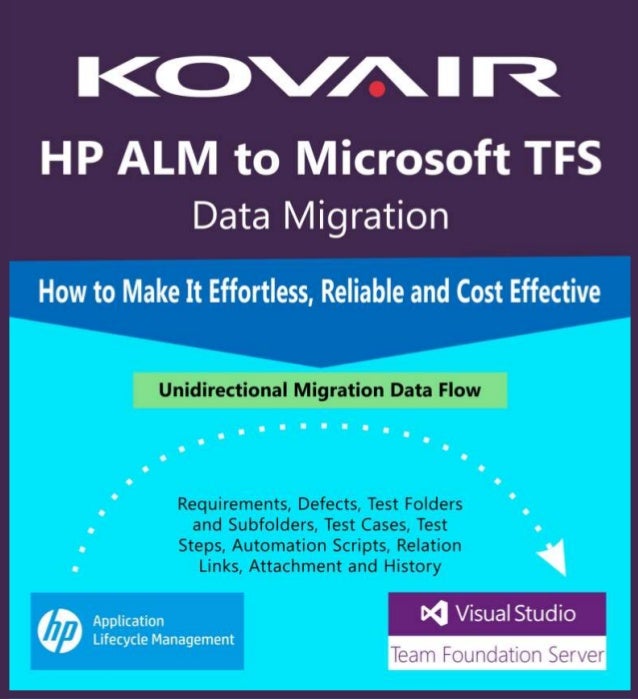

There are choices for an HD screen (1366 x 768) as well as the option for a touch screen. The HP Mini 5103 has numerous screen options. Another business class feature is the inclusion of a spill-resistant keyboard which is great news for accident prone travelers and IT administrators deploying this device in schools. The hinges and the entire notebook feel very sturdy, especially when compared to most consumer grade netbooks. The Mini 5103 comes with a magnesium alloy lid that does a good job at keeping fingerprints off and provides additional protection. The HP Mini 5103 is designed to meet the needs of a business user, which means an all metal chassis and special coating on the keys to provide a longer life during heavy use. The Touchscreen model and optional handle provide additional incentive for education and institutional users to check this netbook out. The HP Mini 5103 netbook is great for use as a companion computer for business professionals and students who want a bit more durability than a consumer netbook can give. This specific model is outfitted with a capacitive touchscreen that allows you to use your fingers, much like on the iPad or the Acer Aspire 5745PG The HP Mini 5103 we tested has an Intel Atom N455 processor, 1 GB RAM, a 160GB hard drive, 10.1″ screen (1024×600) and a 4-cell battery. The price is a bit higher for these extra features, but well worth it for netbook purchasers who plan to use the small device for business,įor a look at how the Mini 5103 is different from consumer netbooks, take a look at our 10 Ways Business Netbooks are different than Consumer Netbooks.
#HP QUICKSYNC PORTABLE#
There is nothing you can do to get Quick Sync working if this is the case.The HP Mini 5103 netbook is the latest business class netbook from HP, continuing on the style and design of the HP Mini 5102 (review), offering users a very portable package with more durability and extra features than we typically see in a netbook.

Laptops with ATI graphics can also have problems accessing Quick Sync. I have a laptop which takes a desktop processor and this cannot use Quick Sync. Not all laptops have the option to choose which graphics card to use, even if the processor in the laptop supports Quick Sync. If you ever want to get EDIUS to temporarily use the nVidia then you can right click on the desktop icon as above. Now EDIUS will always use the integrated graphics when it opens. Then in the second box choose integrated graphics. If it is not there click on the “add” button and add it. Got to the program settings tab and the box that says “select a program to customise”. To make EDIUS permanently use the Integrated graphics open the nVidia control panel and choose “manage 3D settings”. Right click on the icon of EDIUS on the desktop and choose “run with graphics processor” and choose Integrated graphics. To get Quick Sync encoding working with EDIUS you need to tell the EDIUS to use the Intel graphics card – normally called the “integrated graphics”. However, you may still have to choose which GPU will be used by a specific program. On most laptops you will have a thing called nVidia Optimus which lets you use both GPUs without having two screens attached. In a desktop you can get both working by plugging a monitor into each of the graphics cards but this is not an option on a laptop. Most laptops will have two graphics cards inside them – the one built-in to the processor, which is used for Quick Sync encoding and playback, and a better GPU, normally an nVidia.


 0 kommentar(er)
0 kommentar(er)
